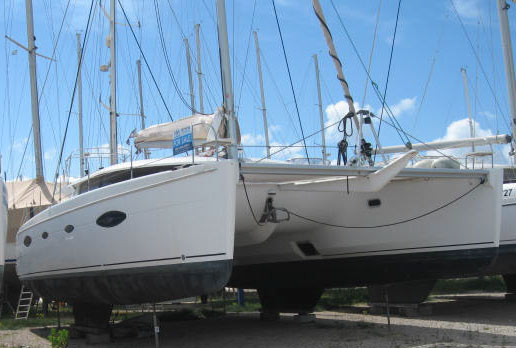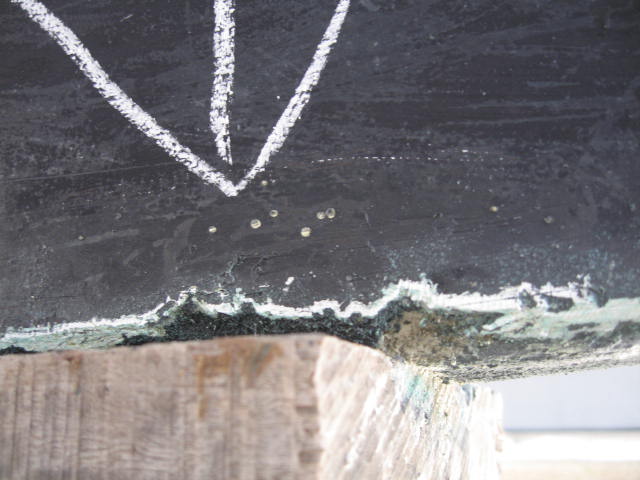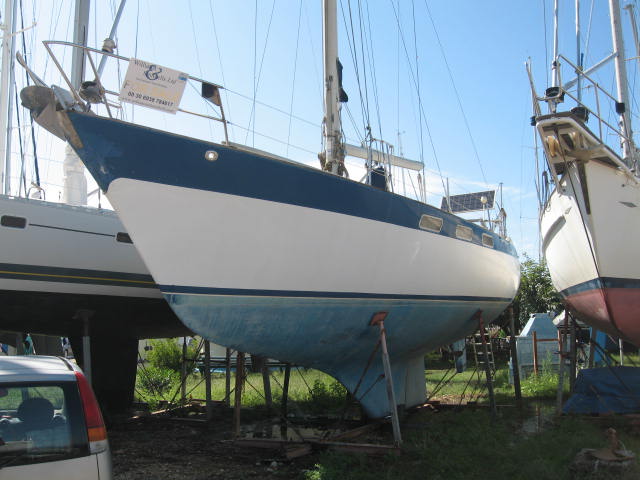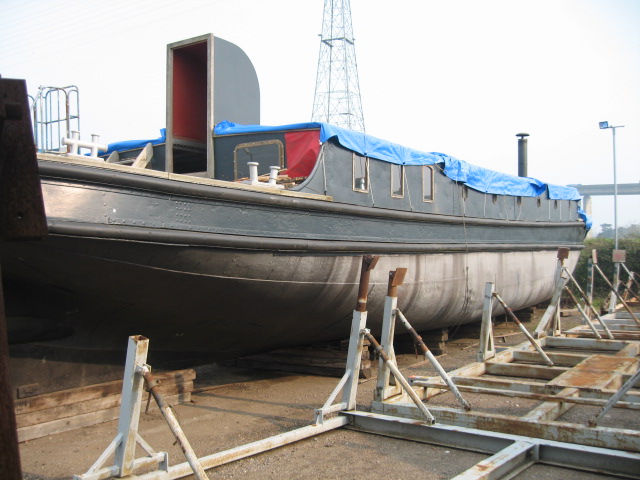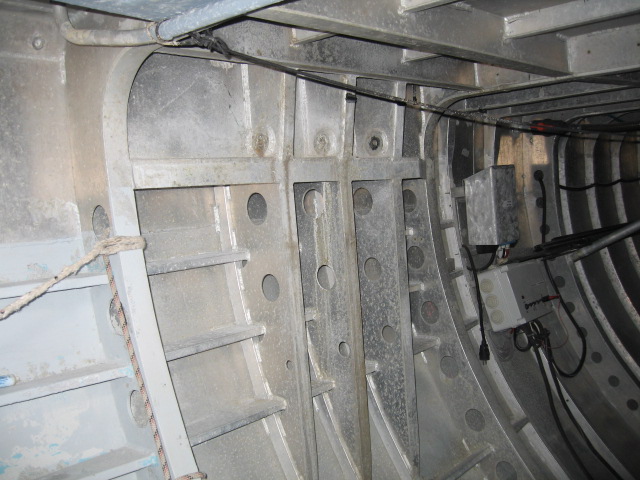Tonnage and Measurement, UK ships Registry
The YBDSA https://ydsa.co.uk/registration has been approved by the Maritime and Coastguard Agency (MCA) https://ukshipregister.co.uk/ to provide Surveys for Tonnage and Measurement for the UK Ships Registry and other registries. Yachtsurveying.info is authorised to undertake these surveys, resulting in a certificate of Survey for Tonnage and Measurement (Form SUR59D) which is sent to the registry of choice and is one of the documents needed to register a vessel on Part 1 of the UK Ships register.
The practice of measuring a vessel for its “Tonnage” dates back to 1303, when King Edward I was the first to levy a tax on ships based on Tons Burthen. The process has evolved with different organizations applying different measuring methods. The IMO International Convention on Tonnage Measurement standardised tonnage calculation in 1969, IMO International Measurement of Ships (1969). https://www.imo.org/en/About/Conventions/Pages/International-Convention-on-Tonnage-Measurement-of-Ships.aspx
Whilst IMO rules primarily apply to sea-going vessels, some simplified rules are used for vessels of up to 24 meters Load Line Length, 24m = 78′ 9″. As far as modern surveyors are concerned, Tonnage Measurement is the work of measuring and identifying a vessel for the vessel registering on the UK Ship Register or registry of other flag States. Cayman Islands Shipping Registry, Gibraltar Yacht Registry, Guernsey Ship Registry, Isle of Man Registry, Ports of Jersey, The Marshall Islands, and the Virgin Islands Shipping Registry.
Tonnage measurement is the work of identifying and measuring a boat. The rules for this are defined in law. Measurement involves determining the length of the hull without fittings; the height of the hull from the bilge to the deck inside; and the breadth at its widest point. Note that the height of the hull is not the same as the draft, which is from the bottom of the keel to the waterline. Depending on the type of vessel, most measurements can be taken with the vessel in the water. The YDSA have public fixed rates based on the vessel’s length only; therefore, the surveyor will provide a quote for more complex vessel shapes with brakes. A break is an upward extension of the hull that increases the vessel’s volume.
During your interaction with the registry office of choice, you complete the application form SUR6A, Application for a Certificate of Survey for Tonnage and Measurement, submit the form and pay fees directly to the YBDSA. YBDSA email, tonnage@ybdsa.co.uk. or call +44(0)1730710425. The option to include the name of the appointed surveyor is on the form SUR6A. The form has all the owner’s identifiable details and helps to arrange the work by providing the boat location and keyholders’ details, and is effectively the contract.
How to arrange a tonnage measurement: https://ydsa.co.uk/registration/how-do-i-arrange-a-measurement/#accordion.
